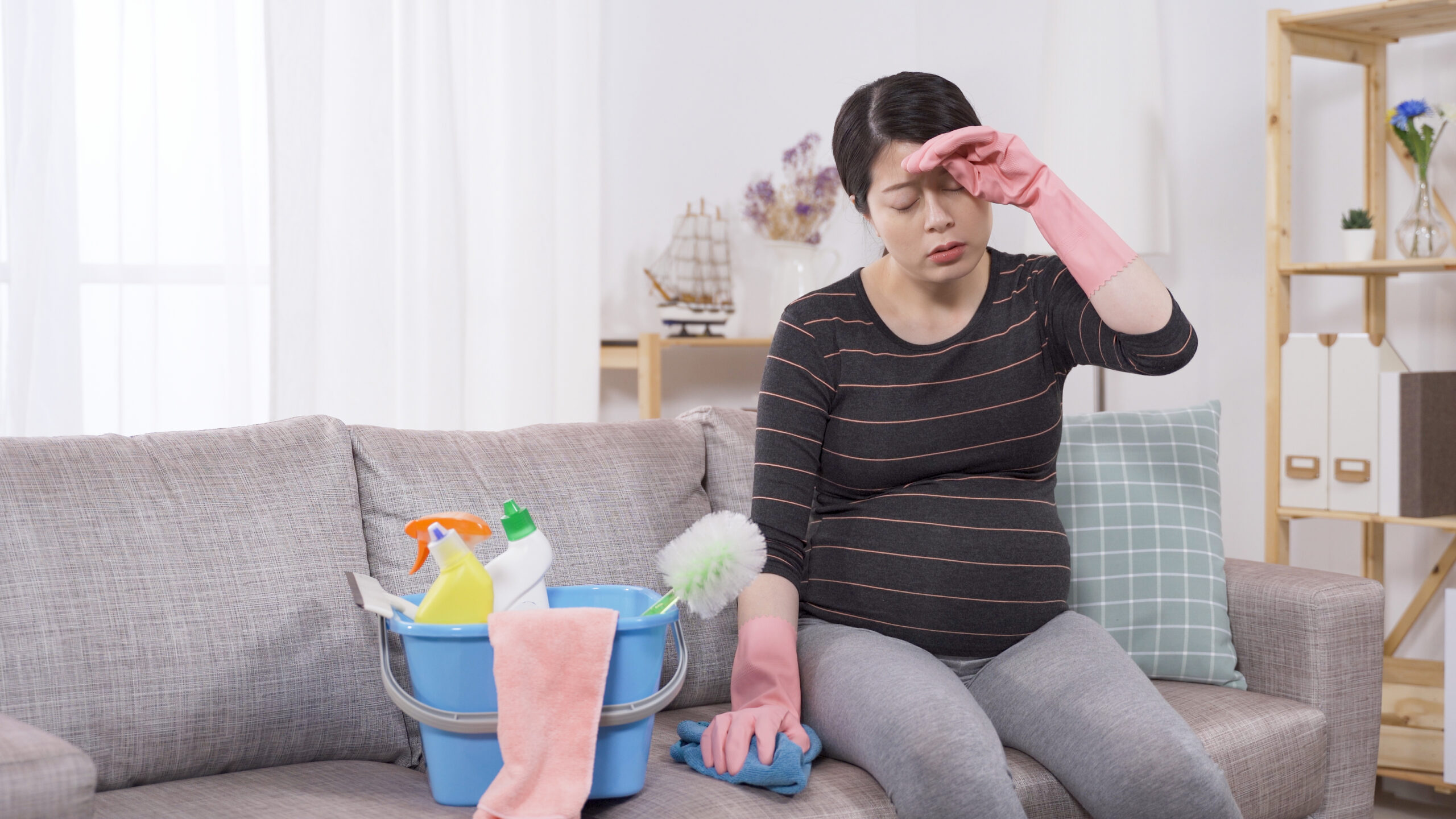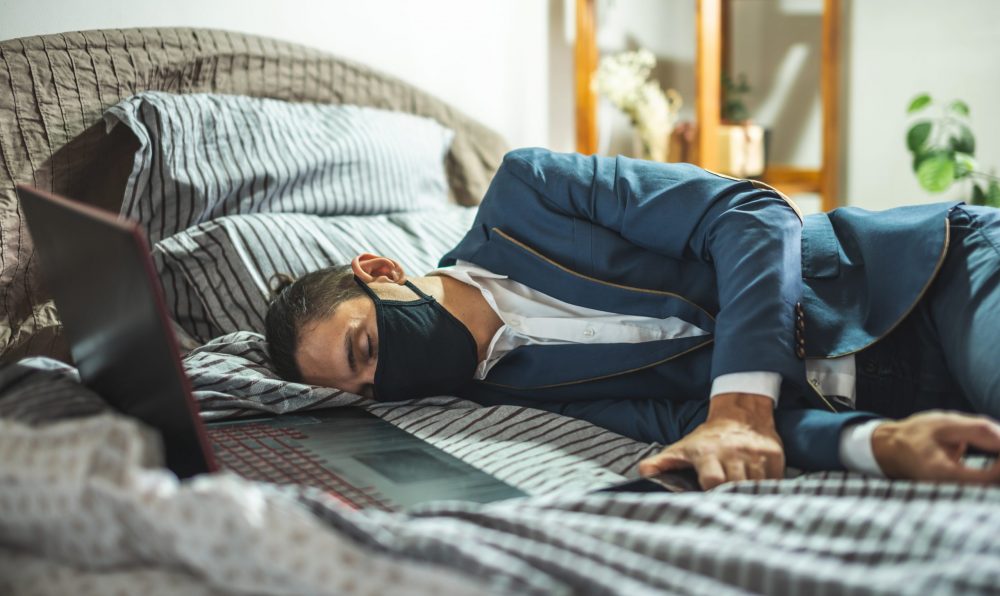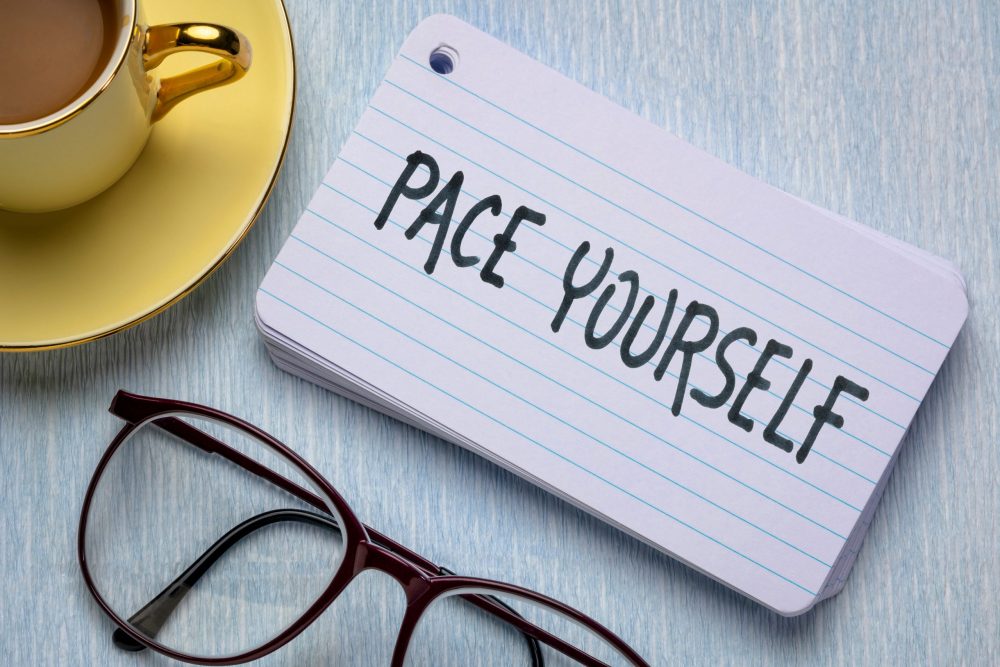Now live! RTHM Direct – simplified medication access for Long COVID, ME/CFS and related conditions. Check it out
If you are living with Long COVID, you already know that this illness can cause life-altering symptoms. You may have lost the ability to work full-time or even part-time. You may find it difficult to do any of your usual activities. Learning to cope with a new chronic illness can be incredibly frustrating. Symptoms may seem to come out of nowhere, leaving you to wonder what you did ‘wrong’. While there are some things you can’t control about your illness, there are many things you can do to help avoid your symptoms worsening. Learning what triggers your symptoms and understanding how to avoid or adapt to those triggers will help you on this Long COVID journey.
What Is a Flare, or PEM?
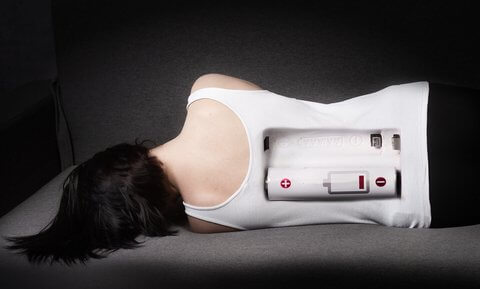
By definition, a symptom flare occurs when a symptom or collection of symptoms suddenly or gradually worsens in severity when compared to the normal level you live with. These flares in symptoms can last a few hours to a few days or weeks depending on the severity. A flare can include symptoms such as increased fatigue, shortness of breath, decreased cognitive ability and increased brain fog, increased dizziness, increased pain and body aches, the return of a fever, and more.
For many with Long COVID, the new illness comes with an additional diagnosis of ME/CFS. The cardinal symptom of ME/CFS is called post-exertional malaise, or PEM. When those with ME/CFS exert too much physically, mentally, or emotionally, they can experience a severe worsening of symptoms or the appearance of new symptoms that can leave them bedridden. And we are not talking about running a marathon or performing complex tasks. Too much physical exertion can be a simple walk to the mailbox while too much mental or emotional exertion can be a business meeting or a phone call with a friend. Post-exertional malaise (PEM) often presents after a short delay; you might experience PEM the day after you perform a triggering activity, sometimes exactly 24 hours later.
Recognizing and Understanding Triggers
Triggers are anything that contributes to a symptom flare or post-exertional malaise. Triggers can be physical, mental, emotional, or a combination of the three. As someone with Long COVID, these potential triggers can affect the severity of the symptoms you experience on any given day. Unfortunately, there is no standard list of triggers that will make your symptoms worse. What you experience as a symptom trigger may be fine for someone else with Long COVID, so it is important that you take the time to learn and discover what YOUR triggers may be. Below are examples of common triggers that can affect your symptoms.
Physical Triggers
|
Mental Triggers
|
Emotional Triggers
|
Tracking Your Symptoms and What Makes Them Worse
Knowing what a trigger could be is only the start. The goal is to identify your individual triggers in order to be able to adjust your daily activities while keeping those triggers in mind.
For example, while some triggers may increase your symptoms immediately, other triggers can cause symptoms to flare the next day or even 48 hours later. With brain fog being a common symptom of Long COVID, connecting an activity you did two days ago to your symptom flare may not be so easy without some help. This is where symptom tracking can make all the difference.
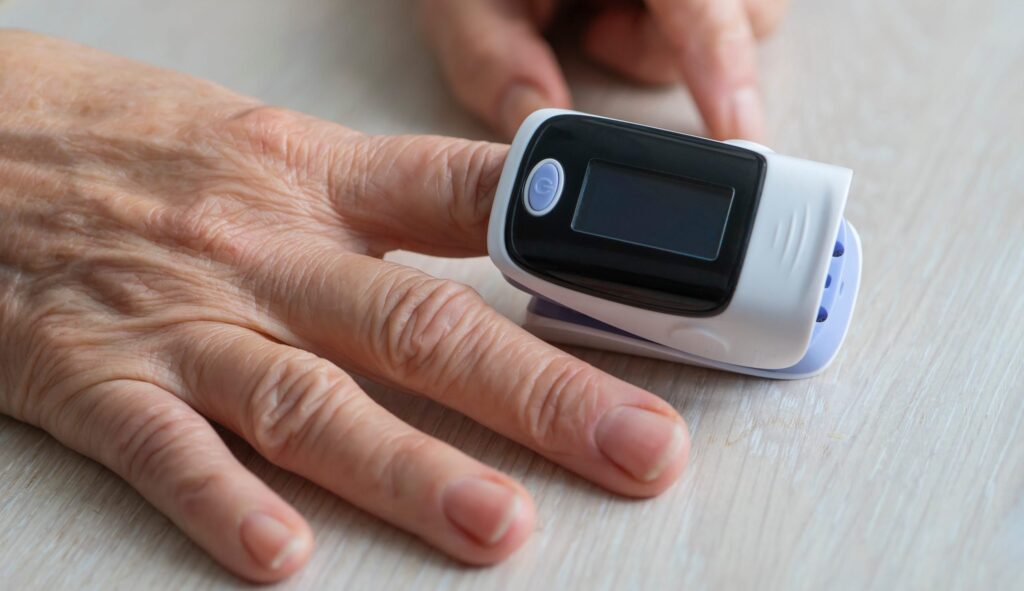
What is Activity and Symptom Tracking?
Activity and symptom tracking is a way for you to monitor your actions and how you feel on a daily basis. While there are many different apps and medical tracking journals available that can help you do this, a simple notebook is often all you need. On a daily basis, you track your activities, how you feel, symptoms that are occurring and their severity, and anything else you think may contribute to your symptoms. Some examples can include:
- Daily activity – this can include everything from showering, grocery shopping, working, exercising, or simply resting
- How you felt during tracked activities (and afterward)
- Symptoms – changes in symptoms, symptom intensity, new symptoms
- What you eat throughout the day
- The weather – this can include temperature, barometric pressure, and type of weather (snow, rain, etc.)
- Tests – such as blood pressure, pulse ox, home spirometer tests, or pulse rate changes
- Mental health – sad, cheerful, angry, motivated, depressed, anxious
- Sleep patterns – hours of sleep, quality of sleep, insomnia
- Doctor’s appointments – what appointments have you attended
- Current medications and anything OTC you may take for symptoms, including supplements
- New treatments – when you started, if your dose increased, etc.
- Your temperature at consistent times throughout the day, such as when you awaken and before bed
Talk with your doctor or medical team about potential tracking apps or devices they may recommend. In a time where wearable devices can help us track everything from heart rate, activity level, sleep, body temperature, and more, technology can help make symptom tracking a lot easier.
Creating and Maintaining an Activity and Symptom Log
Keep in mind that the more information you track and include in your activity and symptom log, the clearer it will become what triggers worsen your symptoms. This information, over time, will help you adjust your activities in a way that works around your triggers.
For example, imagine you are tracking everything throughout your day as described above. After about four weeks, you go over your information and notice a pattern. On days that you have a doctor’s appointment, you typically also shower, get dressed, drive to your appointment, and after your appointment, pick up new meds. Your activity log shows that the next three days after doctor days, you notice a huge spike in your symptoms, with many days leaving you unable to even get out of bed.
This information shows that you may need to make adjustments to your activities on these days: for example, requesting telehealth appointments; laying out your outfit the evening before; showering the evening before; or picking up your meds the day after your appointment.
Once you begin to see patterns in your tracking, you can begin to adjust how you go about your days in order to help reduce the triggers that are increasing symptoms. To learn more about adjusting to your triggers, visit the next chapter in this series, Adapting Your Lifestyle to Help Minimize Symptoms.

Get updates
Join our mailing list

